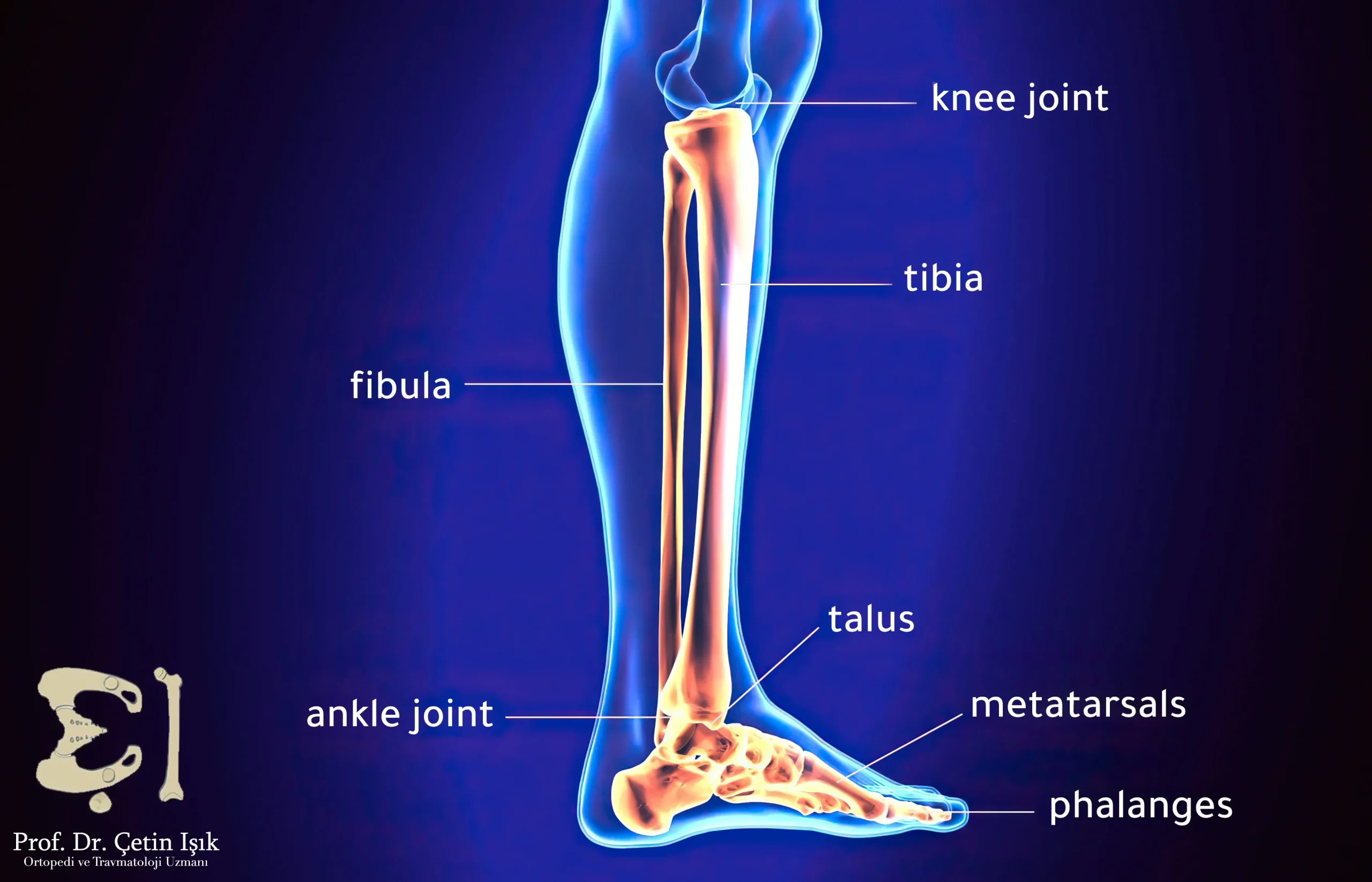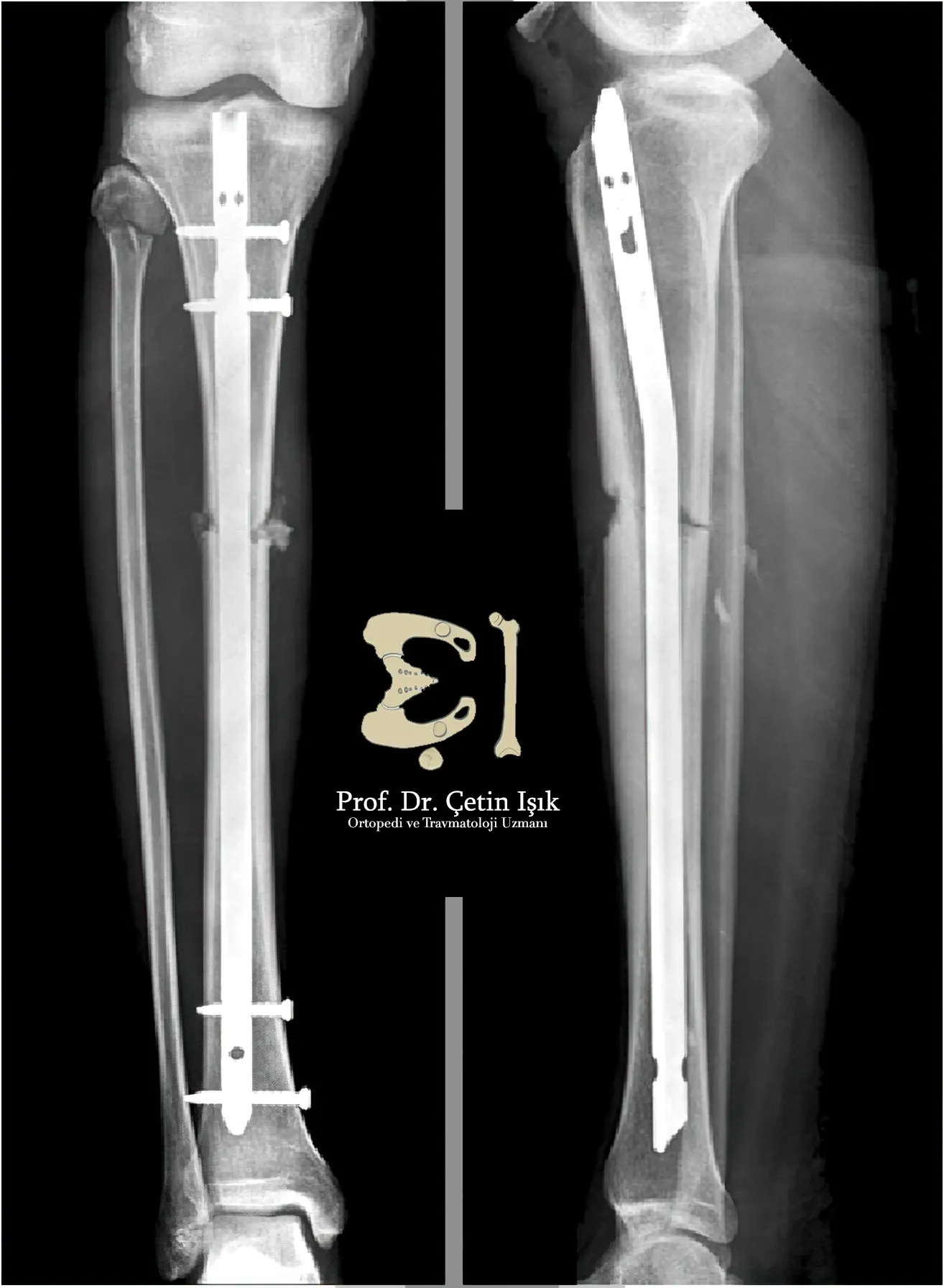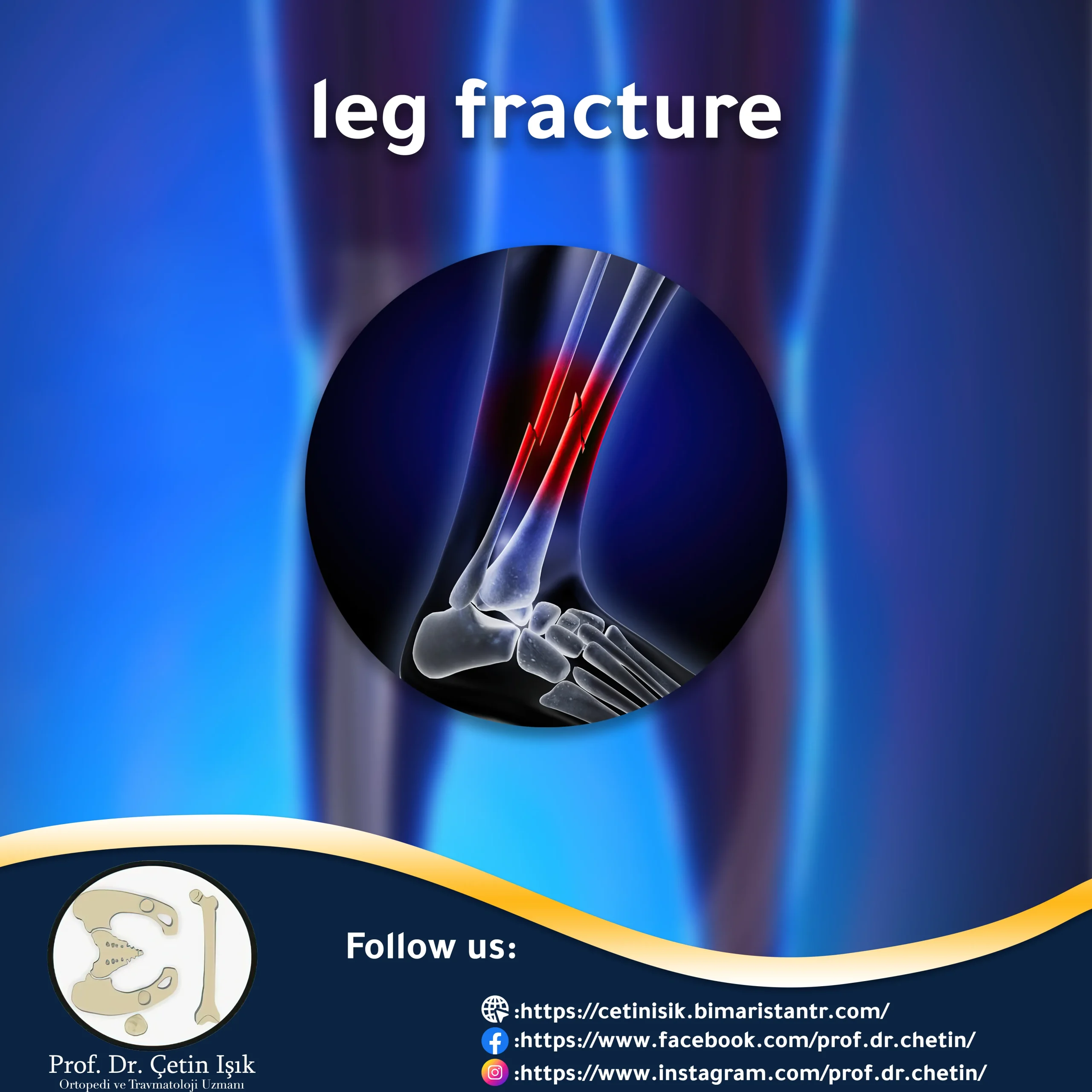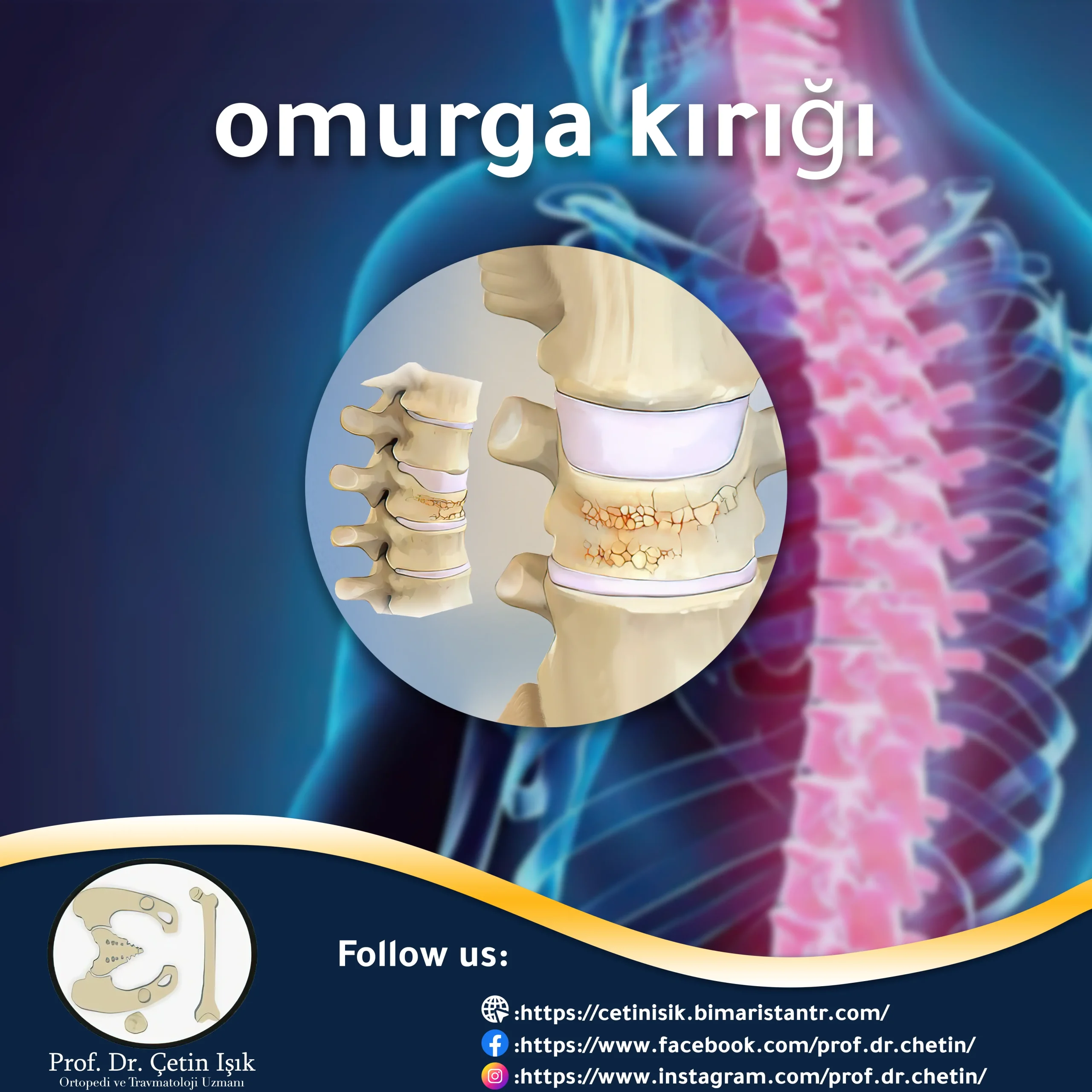A leg fracture is a break in one of the bones in the lower leg. Broken bones in the leg during traumatic accidents are common fractures and need to be treated until the broken bone fuses.
A broken leg leg fracture Either tibial bone causes Tibial fracture or fibula bone and causes Fibula fracture Which is often associated with a fracture of the tibia and is called Complicated leg fracture It may cause a deformity in the shape of the leg. A leg fracture is one of the most common fractures during severe traumatic injuries such as car or motorcycle accidents.
A fracture in the leg is often very painful, and the patient cannot walk on the broken leg. In this article, we will learn about what is a shin fracture, what are the most important types of fractures in the leg, and methods of diagnosis and treatment?
Information about leg fracture
The leg bones consist of the fibula bone and the tibia bone, as this bone connects between the knee and the ankle and is considered one of the long and strong bones that carry most of the body weight during walking or standing. The fibrous membrane is called the interosseous membrane.

A leg fracture is a fracture or crack in one of the bones of the leg, viz the fracture may occur in the tibial bone or the fibular bone or in both of them and cause a double fracture in the leg, and the fracture of the leg bones is the most common fracture during accidents falling from mountain heights, also severe injury may cause Ankle sprain with several fractures in the lower leg bones near or inside the ankle joint, such as a broken leg while skiing.
A leg fracture in children heals more quickly than in adults (the healing time of leg bones in children is less than that of leg bones in adults), so the doctor must ensure that the bones are in their normal position before the fractured bone fuses to avoid a defective fusion.
Types of leg fracture
Leg fractures consist of several types according to the strength, the method that led to the fracture, and the shape of the fracture after injury. This is classified according to the following:
- Comminuted fractures: When the bone is broken into three or more parts or when there are multiple bone fragments at the fracture site.
- Compression fractures: When broken bones become shattered.
- Greenstick fracture: When the fracture is incomplete, the two ends of the broken bone are not completely separated.
- Oblique fractures: when the fracture is oblique.
- Segmental fractures: When the bone is broken into two pieces (a piece of bone is separated from both ends).
- Spiral fractures: when the fracture is spiral, often as a result of torsion fractures.
- Open fracture: When the skin over the fracture is open, and the bone can be seen through an open cut in the skin.

Reasons for leg fracture
Several reasons may lead to a simple crack in the leg or cause severe fractures in the leg. Common causes include the following:
- Excessive use of the leg, such as long-distance running, may cause a crack in the leg bone or stress fractures.
- Traumatic accidents during the practice of sports activities may occur fractures in the leg bone during skiing; for example
- Injury from vehicle accidents, such as truck accidents, which may cause a person to suffer multiple fractures and also make him suffer from suspected broken ribs, body abrasions, and a broken leg.
- Falling on the legs from a great height can also cause a broken leg
- Sprained ankle Severe may cause a crack in the lower leg
- Leg fractures may occur due to the painful beating of the lower leg as a result of violence
- Having some bone diseases such as osteoporosis or rheumatoid arthritis
Symptoms of leg fracture
The symptoms of a leg crack vary according to the type of crack or fracture, and the symptoms when fractures occur are often apparent, and the most important symptoms are:
- Swelling or bruising at the fracture site
- It may be difficult for the patient to move the injured leg
- Weakness or loss of feeling in the broken leg as a result of nerve injury
- A deformity in the shape of the leg with open fractures
- Pain that gets worse when standing or moving
Complications of a leg fracture
Leg fractures usually heal within several months without serious complications, but there are several complications that may occur in some patients, and the most important complications are:
- Damage to the nerves or blood vessels surrounding the fracture
- infection of broken bones (osteomyelitis,)
- Compartment syndrome
- Damage to the muscles or tissues surrounding the fractures
leg fracture treatment
There are different methods for treating leg fractures according to the patient’s condition, type, and severity of fractures. The types of treatment are divided into two parts:
Conservative treatment
When suffering a leg fracture, the fracture may be treated in several ways without resorting to surgery, depending on the degree and severity of the fracture. The most important of these methods are:
- Not moving the broken leg, raising it higher than the hip, and placing it on a pillow in order to reduce blood pressure and the weight of the body on the leg, after fixing it. Usually, leg fractures are fixed using gypsum.
- Use of analgesic medications for Treating bone pain or anti-inflammatory drugs if needed.
- To treat a leg fracture, an ice bag may be placed on the fracture site to reduce the edema or to swell surrounding the fracture.
- Fracture restoration When the broken bone is not in its normal place, the broken bone must be put back in place by the orthopedist
- This may require local anesthesia or general anesthesia, and then fix the broken bone using a splint.
- Eat some foods that speed up the healing process for a broken leg, such as foods that contain calcium andVitamin D.
- Use crutches when walking after placing the gypsum and during recovery to avoid cracking the gypsum and increasing the injury.
Surgical treatment
Surgical treatment is used when conservative treatment fails or in cases of mixed and serious fractures that cannot be treated conservatively. The most important operations are:
- Surgery to fix the leg bones using a spinal nail in the tibia or using wires or screws and plates. Usually, the screws and plates are left permanently inside the bones unless they cause any complications. As for the wires, they are removed after 4 or 6 weeks of the operation.
- External fixation of the leg bone using metal pins, and these pins are removed after the fracture is fused.

At the end of the article, the leg fracture is one of the most common fractures that occur during a fall on the leg, which is often associated with severe pain, and the diagnosis is made either through X-ray imaging or through ct and MRI imaging, and the doctor may use eco imaging to ensure the Arterial and veins safety of the leg. And then, the fracture is treated either with conservative or surgical treatment, depending on the case. Fractures are often treated by splinting the leg.
Sources:
Common questions
The healing period for a leg fracture varies according to the severity of the fracture, as simple fractures may take approximately 6 to 8 weeks, while severe fractures may take approximately 3 to 6 months.
When there is a fracture or crack in one of the bones of the leg, you should not walk until the fracture is completely healed, and this may take from one month to several months, in order to avoid recurrence.
A fracture is dangerous when you have an injury to the nerves and blood vessels adjacent to the fracture or if you have an open fracture.
Long bone fractures often require splinting to avoid further damage, reduce movement of the leg, and heal as quickly as possible.
Some types of fractures can heal without the need for gypsum, if the fracture does not include the full thickness of the bone and is very simple.
The fracture heals after complete healing, and this may take 4 to 8 weeks for men or women, or 3 to 6 months or more, depending on the severity of the fracture.
Walking should be avoided immediately after removing the gypsum, because the muscles and bones are weak at the beginning, and it is possible to walk gradually and return to sports activities after several days of removing the gypsum. When feeling pain, you should see the doctor immediately.
The duration of placing a leg splint for leg fractures differs from one person to another, depending on the age of the patient, the severity of the fracture, and the area in which the fracture occurred. However, on average, the period for placing gypsum in a simple fracture takes about a month and a half.
The bone heals faster when it is fully rested, eating some foods that contain calcium and vitamin D, and staying away from smoking tobacco.
Splinting must be done to fix the fracture if the fracture includes the entire thickness of the bone and is not altered, or when it is very easy to recover, as this is done by the orthopedic surgeon.




